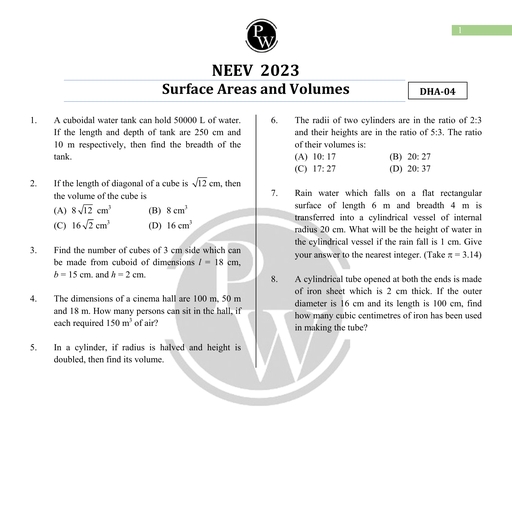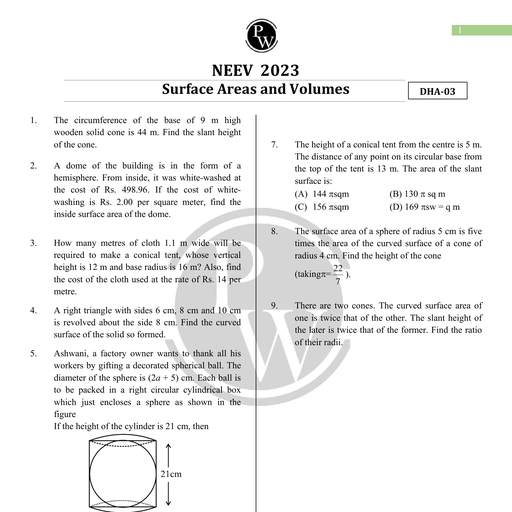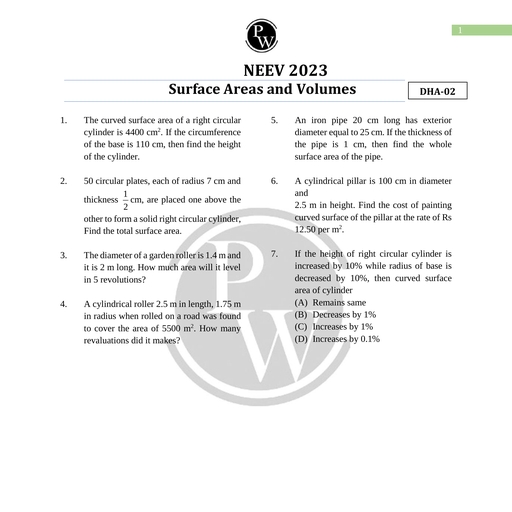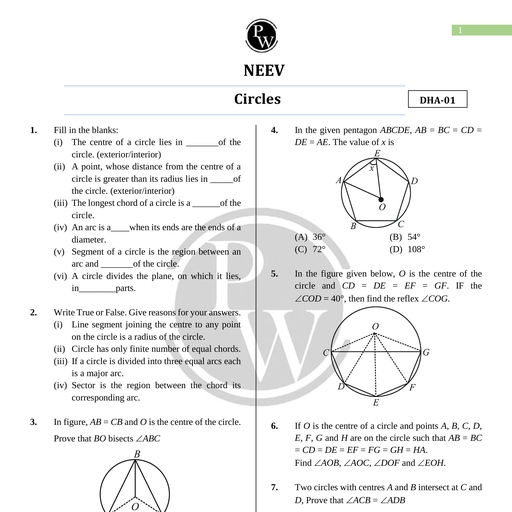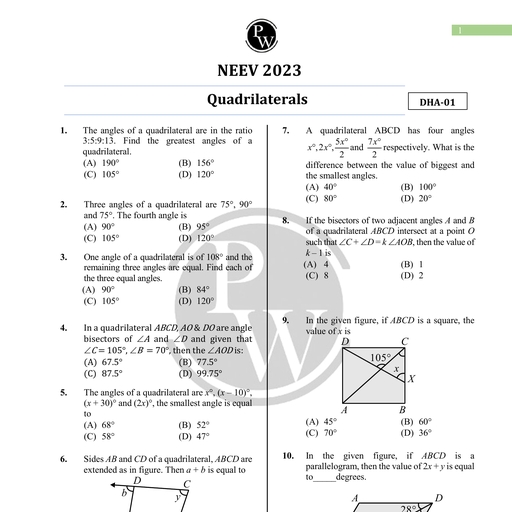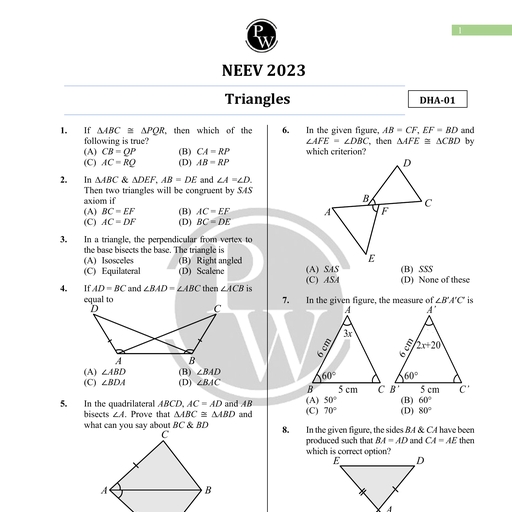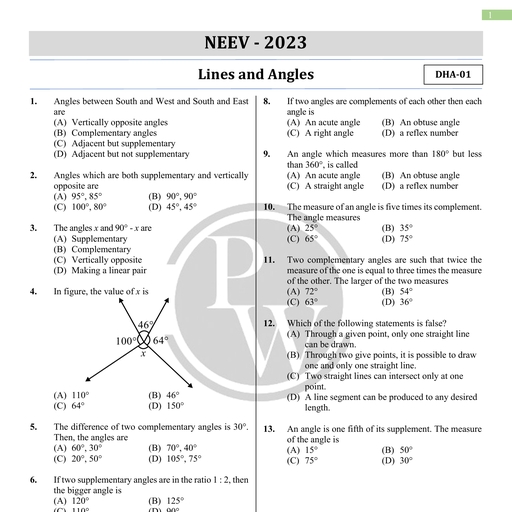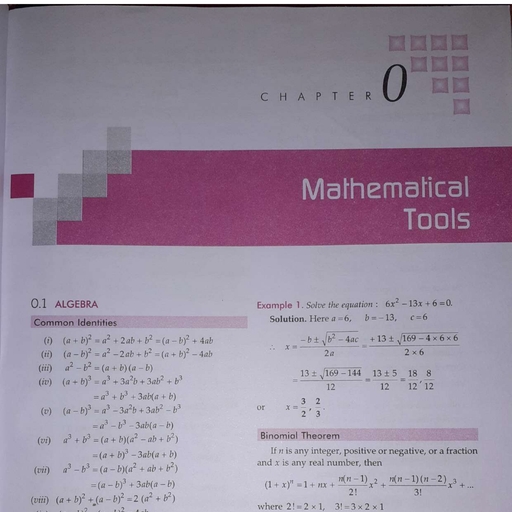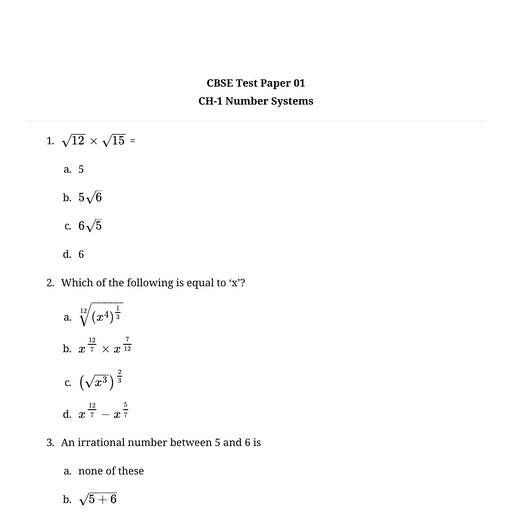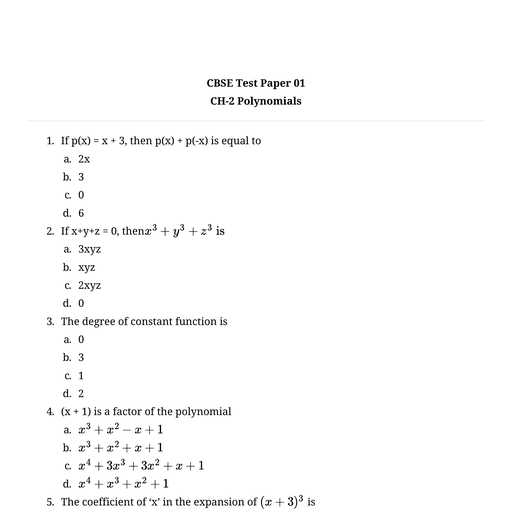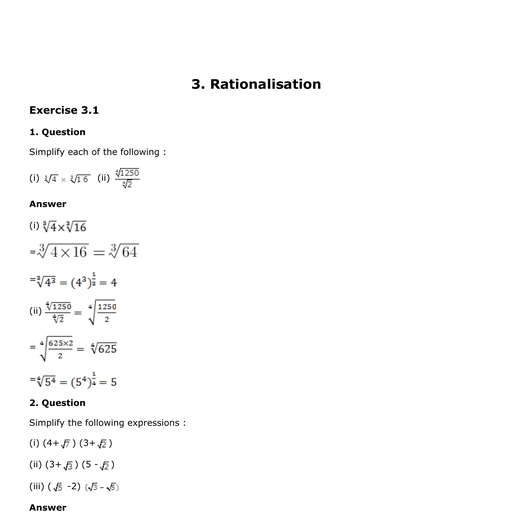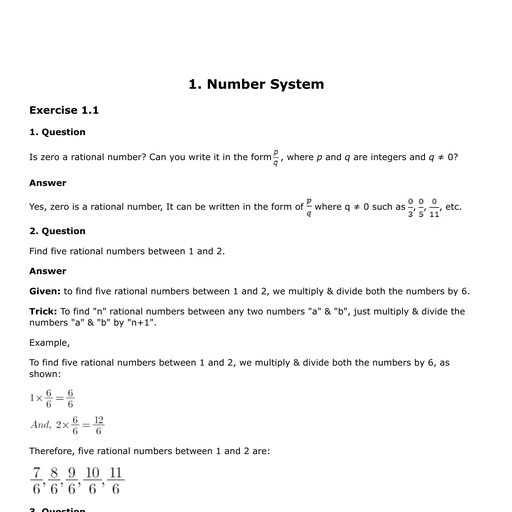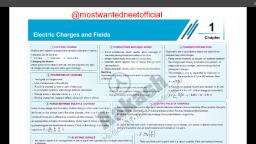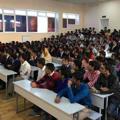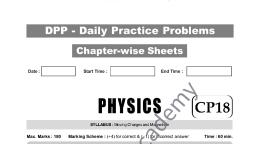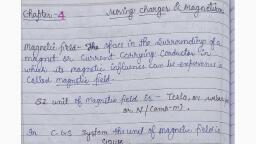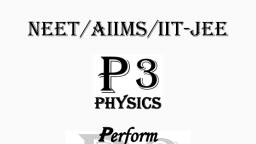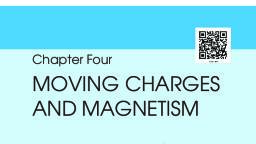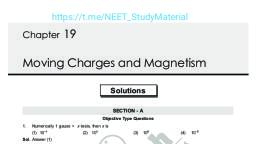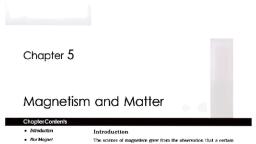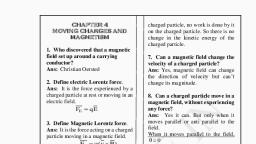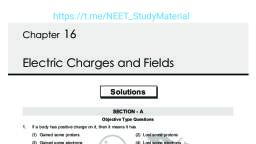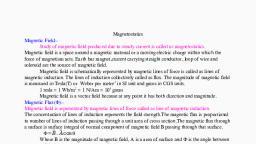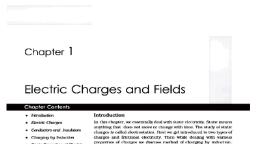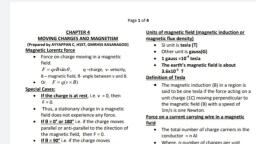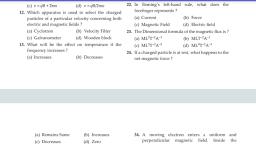Page 1 :
Chapter 4, , Moving Charges and, , Magnetism, , Chapter Contents, , Introduction, , Magnetic Force, , Motion of Charged Particle in, a Magnetic Field, , Motion in Combined Electric, and Magnetic Fields, , Magnetic Field due to a, Current Element : Biot-Savart, Law, , Magnetic Field on the Axis of, a Circular Current Loop, , Ampere's Circuital Law, The Solenoid and the Toroid, , Force between two Parallel, Currents, the Ampere, , Torque on Current Loop,, Magnetic Dipole, , The Moving Coil, Galvanometer, , Some Important Definitions, Formulae Chart, Quick Recap, , Introduction, , In the previous chapters we discussed how a charged object produces, an electric fleld. Similarly a magnet produces a field-the magnetic fieldat all points in space around it. You get a hint of that magnetic field, whenever you attach a note to refrigerator door with a small magnet., or accidentally erase a computer disk by bringing it near a magnet., , About 200 years ago, in 1820 it was realised that both electricity and, magnetism are intimately related. During a lecture demonstration, the, Danish physicist Hans Christian Oersted noticed that a current in a, straight wire caused a noticeable deflection in a nearby magnetic, compass needle. He investigated this phenomenon. Deflection is, noticeable when the current is large and the needle is sufficiently close, to the wire so that the earth's magnetic field may be ignored., , The magnetic field due to a straight long current carrying wire., ‘The wire is perpendicular to the plane of paper and current is emerging, out. Aring of compass needles surrounds the wire. The orientation of the, needles is as shown in Fig. (1)., , Fig. (1), , Reversing the direction of the current reverses the orientation of the, needle as shown in Fig. (II)., , g x, , 4 1® 4, \ #, , , Fig. (I!), , Aakash Educational Services Pvt. Ltd. - Regd. Office : Aakash Tower, 8, Pusa Road, New Delhi-110005 Ph. 011-47623456
Page 2 :
2 Moving Charges and Magnetism Board & Competitive Exams., , Oersted concluded that moving charges or currents produce a magnetic field in the surrounding, Space as shown in Fig. (III)., , , , Fig. (II), , In this chapter, we will see how magnetic field exerts force on moving charged particle, like electrons,, protons and current carrying wires. We shall also learn how current produces magnetic fields. We shall, see how particles can be accelerated to very high energies in a cyclotron. We shall study how currents, and voltages are detected by a galvanometer., , MAGNETIC FORCE, Sources and Fields, , 1, 4ne,, , , , Static charges produce an electric field, E at position r given by E = ge. The currents or moving, , charges produce electric field and magnetic field, denoted by B . Magnetic field is a vector field like electric, field. It is defined at each point in space and can depend on time. Experimentally it is found to obey principle of superposition. The magnetic field of several sources is the vector addition of magnetic field of each, , individual sources., , Magnetic Field, Lorentz Force, , Consider a point charge q moving with velocity v is located at position vector 7 at a given time t. If electric, field E and magnetic field B are existing at that point, then force on the electric charge q is given by, , F=q[E+¥xB]=Fance + Fmagnate, This force was first given by H. A Lorentz hence it is called Lorentz force., , The force exerted by a magnetic field is called magnetic force and is written as F = q(vxB), here q is the, charge of the particle, V is its velocity and B is the magnetic field., , , , Example 1: A charge particle having charge 2 coulomb is thrown with velocity 21+37 inside a region having, & = 2] and magnetic field 5k. Find the initial Lorentz force acting on the particle, , Solution : Lorentz force F = q(E +V x B), , -= 2[ 2] +(21+37)xsk |, , 2[2]+10(-) +157], , 30) - 167, , Aakash Educational Services Pvt. Ltd. - Regd. Office : Aakash Tower, 8, Pusa Road, New Delhi-110005 Ph. 011-47623456
Page 3 :
Board & Competitive Exams. Moving Charges and Magnetism 3, Direction of Magnetic Force, , The direction of magnetic force experienced by a moving charge is the direction of cross-product vxB fora, positive charge and opposite for a negative charge. It can be determined by right hand thumb rule or right hand, ‘screw rule. When 0 = 90°, magnetic force is maximum in magnitude F,,,, = qvB and direction is obtained by, , o/s, , , , Fleming's left hand rule : If we stretch the thumb and first two fingers of left hand in mutually perpendicular, directions such that forefinger points along B and middle finger points along v , then the thumb points, along F ., , a, , st, , v, , Properties of Magnetic Force on Charge, () As Fis a(vx8), thus from the property of cross product, force is perpendicular to velocity as well as, magnetic field vector., (i) If the charge is not moving (Ivi=0), the magnetic force is zero., , (iii) If the charge particle is moving either parallel or antiparallel to magnetic field then force on it is zero, (0 = 0° or 6 = 180°)., , (v) Magnetic Lorentz force cannot change the speed and kinetic energy of a charged particle but changes, Its velocity and momentum (only direction)., , () As F1v, F.V (power delivered by magnetic Lorentz force) = 0. It can also be noted that work done, by it is also always zero, , Aakash Educational Services Pvt. Ltd. - Regd. Office : Aakash Tower, 8, Pusa Road, New Deihi-110005 Ph. 011-47623456
Page 4 :
4 Moving Charges and Magnetism Board & Competitive Exams., , , , The expression for magnetic force helps us to define the unit of magnetic field (/.e., tesla)., , The magnetic field induction at a point is said to be one tesla if a charge of one coulomb, while moving, perpendicularly to a magnetic field, with a velocity of 1 m/s experiences a force of 1 newton. (C.G.S. unit, of magnetic field is gauss.), , , , , , , , . (i) The unit of magnetic field (tesla) is named after Nikola Tesla (1856-1943.), , (i) tesla is a very large unit. Smaller unit is gauss (1 T = 10* gauss) The earth's magnetic field, is about 3.6 = 10-5 T., , Table : Order of Magnitudes of magnetic fields in a different physical situations, , , , Surface of a neutron star 10°, Typical large field in a laboratory 1, , Near a small bar magnet 107, On the earth's surface 10°, Human nerve fibre 10°”, Interstellar space 10°?, , , , , , , , , , eet, Example 2: A charged particle of charge 1 mC and mass 2 g is moving with a speed of 5 m/s in a uniform, magnetic field of 0.5 tesla. Find the maximum acceleration of the charged particle., , Solution : m= 2 10 kg; v= 5 mis;, B = 0.5 tesla; q = 1 x 10°C, , F =q(vxB), , = F=qvBsino, => F=10%x5*0.5* sin 90°N, = F=25*10°N, , F, a=—, m, , 2.5x107, = Nik, = Soe, , => a= 1.25 mis?, , , , Aakash Educational Services Pvt. Ltd. - Regd. Office : Aakash Tower, 8, Pusa Road, New Delhi-110005 Ph. 011-47623456
Page 5 :
Board & Competitive Exams. Moving Charges and Magnetism 5, , Example 3: A charged particle of specific charge (i.e. charge per unit mass) 0.2 C/kg has velocity 2i -3] (mvs), , Solution :, , at some instant in a uniform magnetic field 5i + 2] (tesla). Find the acceleration of the particle at, this instant., , Vv =(2]-3]) m/s, B=(51+2])T, Therefore, a = 0.2(2i—3])x(5i +2]) m/s?, = 0.2[4k + 15k] m/s?, 4 =3.8 k mis*, , Try Yourself, 1. An a-particle is travelling at right angles to magnetic field with a speed of 6 x 10° m/s. The, strength of the magnetic field is 0.2 T. Calculate, , (i) Force on the a-particle, (ii) Acceleration of the a-particle, , , , , , Example 4: A charged particle moving in a magnetic field B =i-j tesla, has an acceleration of 2i+aj, , (m/s?) at some instant. Find the value of, F =q(vxB), , = (2i+aj)i-j)=0, => 2-a=0, , =a=2, , , , , , : Find the instantaneous direction of force in following case (magnetic field and velocity are indicated)., , ¥:, qv @B, , Zz, , Aakash Educational Services Pvt. Ltd. - Regd. Office : Aakash Tower, 8, Pusa Road, New Deihi-110005 Ph. 011-47623456

